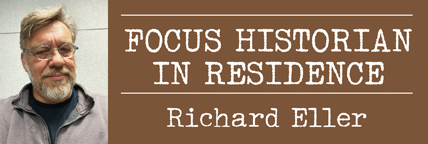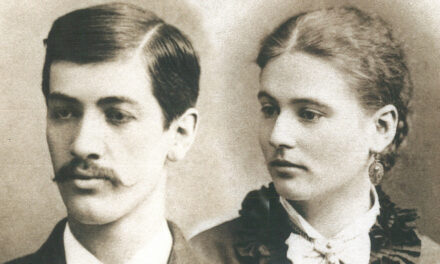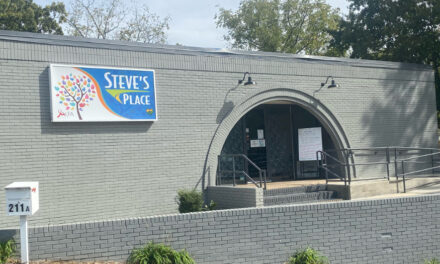
North Carolina is a land that has welcomed many peoples. It has been that way since the beginning, with perhaps a few times when the Old North State was not so friendly. Before the arrival of Europeans and Africans, the land was home to the three major language groups of Natives. Algonquin, Iroquoian, and Siouan speakers populated different parts of the state. The Tuscarora were the major group down east while the Cherokee dominated the southwestern mountains of the state. In our area, the Catawba, considered the fiercest of warriors, controlled the river that now bears their name. Many tribal groups lived in relative harmony, trading but also warring with each other on occasion over differences.
Starting in the late 16th century, accelerating in the 17th came the European explorers. Verrazano, sailing for the French was the first to land on Tarheel turf. Jean Ribaut followed, naming the entire east coast after his king, France’s Charles IX. They called it Carolana. That was the same name the English used when they came to the New World. England’s Charles I granted land to Sir Robert Heath who also named the place Carolana. Since England and France were arch rivals at this point, it was as the British say, a “cheeky” thing to do.
However, if you really want to get down to who was kicking the tires, it was the Spanish. They didn’t land on the coast and say “yeah, we’ll take it.” They were looking the place over with boots in the interior. First, Hernando de Soto rambled his way to the Mississippi River by trekking through and across the Appalachians. Pedro Menendez de Aviles, then in Florida sent Juan Pardo to see what was up here. He’s the one who built Fort San Juan, the site in Burke County that archaeologists learn more about every summer as they excavate. So all of Europe’s major players were claiming at least part of what became North Carolina for themselves in the early days of exploration. The place was popular and up for grabs.
Back on the continent of Europe was where it all got decided. The English plan to gain supremacy of the Atlantic worked with victories over the Spanish Armada. Eventually, the French would take a backseat too, but that took another century for the English to accomplish. Meanwhile, English speakers were busy creating new little colonies. Not all of them worked, as in “what ever happened to the Lost Colony?” but pockets of settlement spread, creating a more valued possession for the English.
When it came to who would claim the land once and for all (well, at least until revolution came) it was the newly restored monarch Charles II of England. He used all this spare land in North America to reward those who helped him ascend the throne after a period where the English wanted no king, just a republic. That lasted only 11 years after they beheaded Charles I following the English Civil War. Yes, they had one too.
When Charles II gained power, he gave control of the colony to eight Lord Proprietors, to thank them for their support. They charged rent on the land as absentee landlords. Solidifying the new relationship, Charles slightly altered the name. Instead of Carolana, he chose to call it Carolina and decreed that the territory stretched from Virginia all the way down to the Caribbean in the Carolina Charter of 1663/65. Over the next 60 years, the boundaries would get whittled down with the creation of Georgia and Spanish Florida, but even more when the northern and southern end of the colony proved too much to control from the port city of Charleston. In 1729, the crown bought back the land from 7 or the 8 proprietors and divided high and low, North from South Carolina.
Think of it like a party. They all came and had a big time in NC with the English (who now wanted to be called British) as the last ones to drag their country “bums” (English slang for buttocks) home.
Photo: They all came to the party, Verrazano, Pardo, Englishmen Ralph Lane and Sir Richard Grenville who, metaphorically speaking, were the last ones standing.








